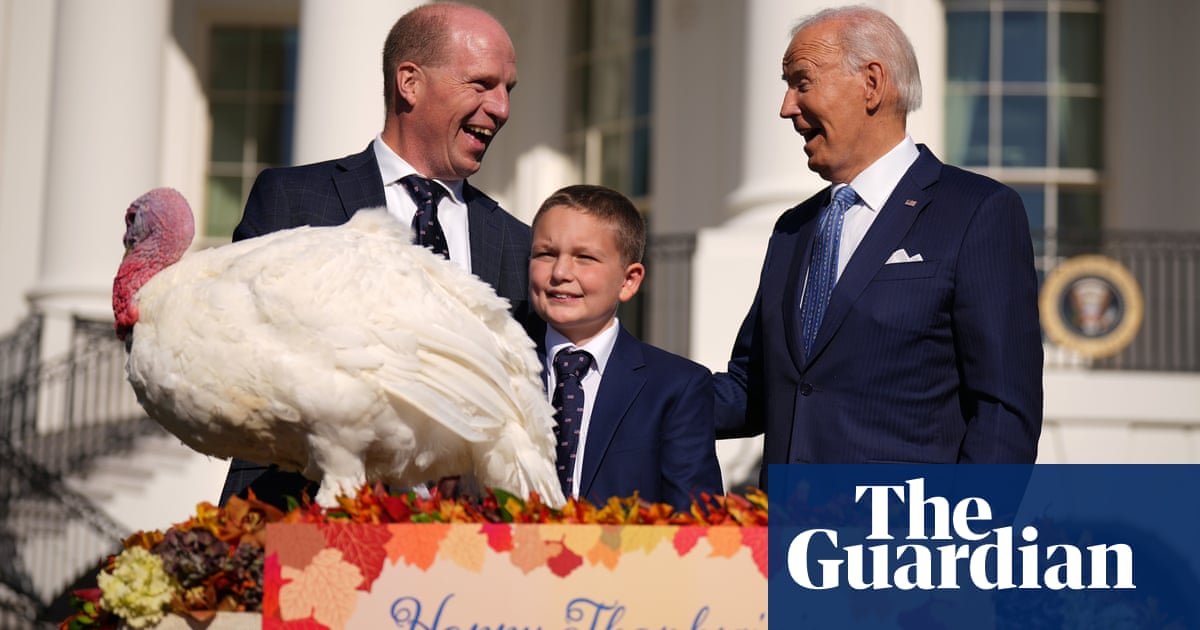Fashion
How the US Port Strike Will Impact Fashion

The fashion industry isn’t panicking about the first US port strike along the East Coast in nearly 50 years – yet.
Dock workers on Tuesday went on strike at ports on the East Coast and Gulf of Mexico, after their union, the International Longshoreman Association, failed to reach an agreement on wages and other issues with the US Maritime Alliance, which represents ports and container shipping firms.
The work stoppage left more than 100,000 shipping containers in limbo at busy points of entry from New York to Savannah, Georgia, New Orleans and Houston. Analysts estimate the strike could potentially inflict billions of dollars in daily losses across the US economy.
While food importers and auto manufacturers are among the sectors in for immediate pain, the impact will be more uneven across fashion brands and retailers, analysts say.
Over 50 percent of apparel, footwear and accessories made their way through ports in New York, Philadelphia and Florida in 2023, according to data from the American Apparel and Footwear Association, a trade group. That’s not uniformed across product categories, however. A BoF analysis of US trade data shows East Coast and Gulf Coast ports bring in about 20 percent of athletic footwear, such as tennis and basketball shoes, which are mostly made in Asia and imported via West Coast ports. But more than 50 percent of leather handbags, which are often made or finished in Italy and France, arrive through New York.
The author has shared a Flourish data chart.You will need to accept and consent to the use of cookies and similar technologies by our third-party partners (including: YouTube, Instagram or Twitter), in order to view embedded content in this article and others you may visit in future.
The author has shared a Flourish data chart.You will need to accept and consent to the use of cookies and similar technologies by our third-party partners (including: YouTube, Instagram or Twitter), in order to view embedded content in this article and others you may visit in future.
Since the strike has been a possibility for months, some brands have been redirecting their shipments to the West Coast, or building up stockpiles of key products that must be brought in through the East Coast. That should buffer these companies against the strike in the short term, but not forever; surplus inventories will quickly dwindle, and West Coast ports are likely to quickly become congested as companies reroute containers through them.
It’s unclear how long the strike will last. The ILA already appears to be tempering its demands. The organisation’s president, Harold Daggett, told CNBC that it’s seeking a 62 percent wage increase over six years, down from a previously proposed 77 percent increase. The Maritime Alliance said on Monday that it had counter-offered a 50 percent wage increase.
Still, the strike is hitting retailers at a vulnerable time. Many are still rightsizing their inventory planning following pandemic-led supply chain disruptions, including congestion at West Coast ports, new tariffs on some Chinese-made goods and a cycle of high inflation.
Brands already facing slower growth from a pullback in consumer spending, and an uncertain election impairing confidence in the economy, will now have to figure out how to get their goods to their stores and customers ahead of the busiest time of year. Many companies were already predicting weaker sales in the second half of the year, and the strike could reduce inventories and raise prices heading into the all-important holiday season.
But retailers should use this time to devise longer-term solutions that reduce their vulnerabilities to supply chain hiccups, said Simeon Siegel, BMO Capital Markets managing director and analyst.
“This is just becoming too normal,” Siegel said. “Companies need to account for the fact that they need a consistent and reliable way to get their products.”
The brands that focused on bringing their manufacturing closer to home in recent years face less pressure. Womenswear start-up Leset produces around 70 percent of its goods, including its t-shirts, blouses and pants, in Los Angeles. The company expects to feel little impact from the strike apart from having fewer branded shopping bags, which are shipped through the East Coast, in its store in New York’s West Village, said Lili Chemla, the brand’s founder and chief executive.
As retailers clamber for solutions, industry trade groups are calling for the Biden administration to intervene.
“With a strike now in place at all East Coast and Gulf Coast ports, NRF is urging President Biden to use all necessary tools … to immediately resume the flow of cargo at these essential ports and get the negotiating parties back to the table,” said Jonathan Gold, vice president of supply chain and customs policy at the National Retail Federation, in a statement.







